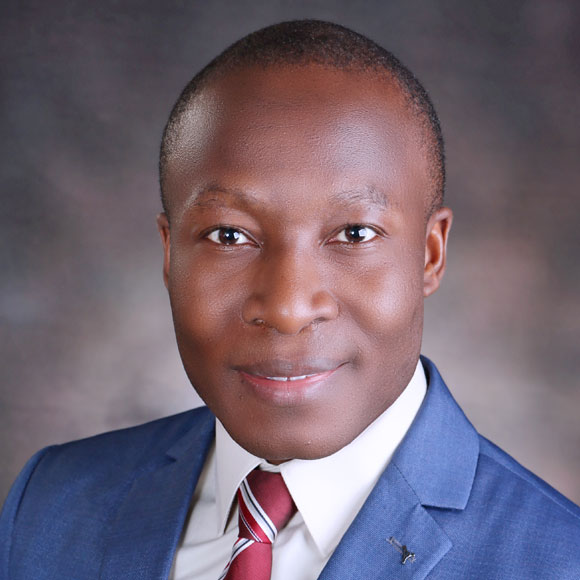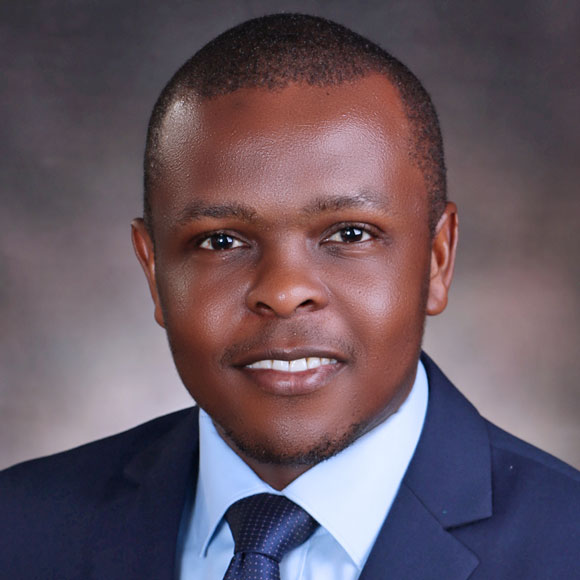When initial endodontic treatment fails to promote healing, the treatment options to save the tooth include non-surgical retreatment with or without apical surgery, apical surgery and intentional replantation. If the tooth is periodontally stable, with adequate remaining tooth structure and no detectable vertical fractures and access to the root canal system is feasible, non-surgical retreatment is usually the primary treatment option.
During revision, a number of obstacles will be encountered and must be overcome in order to have a successful outcome. These include coronal restorations, posts, pins and root filling materials. In addition, the failure of the endodontic treatment could have resulted from inadequate shaping and filling due to ledges created or separated instruments.
After disassembly of restorations post and core materials and the removal of all caries, tooth restorability must be determined. Thereafter the existing root filling material must be removed. Moreover, obstacles that prevent obtaining correct working length, cleaning, shaping and filling canals to correct length must be addressed for a successful revision.
Revision procedures are usually more difficult to perform than those used in the initial treatment. They frequently require advanced instrumentation, magnification systems, and special training.
Learning Objectives:
-
To highlight the causes of endodontic failure
-
To outline the indication and contraindications of non-surgical endodontic revision
-
To discuss the impediments likely to be encountered during non-surgical endodontic revision
-
To discuss how the impediments can be overcome in order to have a successful non-surgical endodontic revision



